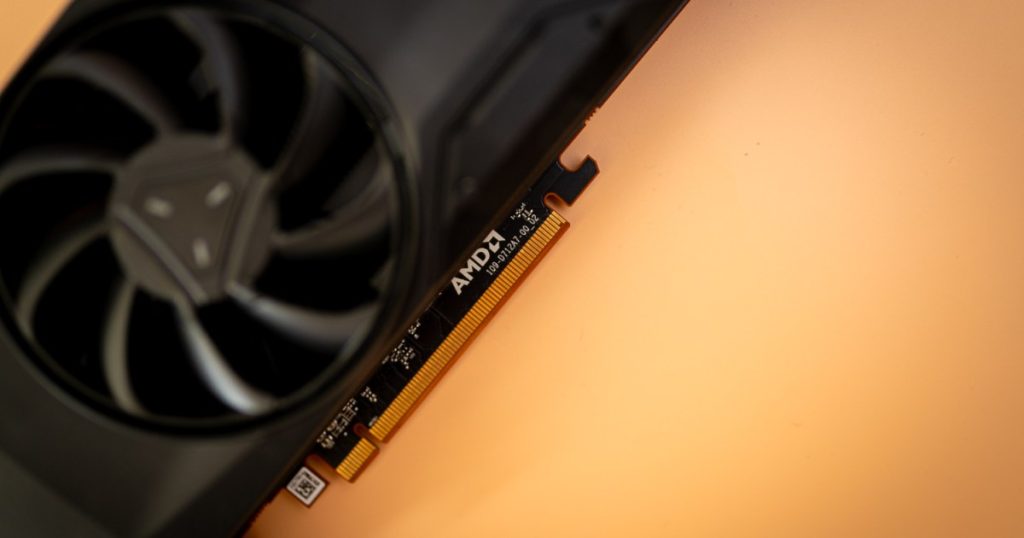AMD is set to present a research paper on its neural texture block compression technique at the Eurographics Symposium on Rendering (EGSR) next week. This innovative approach uses a neural network to compress textures in games, reducing both the download size and the strain on your graphics card.
Similar technologies have been introduced by Nvidia and Intel previously. Nvidia’s Neural Texture Compression claims to store 16 times more data in the same space compared to traditional block-based compression methods.
Although AMD has not disclosed the details of its research yet, the simplicity of integration of its method is a key highlight. This ease of integration could benefit game developers significantly.
While neural texture compression is not yet a feature in games, the trend towards AI-driven compression technologies from leading GPU manufacturers like AMD, Nvidia, and Intel indicates a new direction in PC gaming advancements.
We’ll present “Neural Texture Block Compression” at #EGSR2024 in London.
Nobody likes downloading huge game packages. Our method compresses the texture using a neural network, reducing data size.
Unchanged runtime execution allows easy game integration. https://t.co/gvj1D8bfBf
— AMD GPUOpen (@GPUOpen) June 25, 2024
As advancements like DLSS and FSR become prominent in modern graphics cards, the possibility of marketable features like neural texture compression in the next generation of GPUs from AMD, Nvidia, and Intel seems likely.
Upcoming GPU releases from Nvidia, AMD, and Intel are expected to bring further enhancements to PC gaming, with a focus on leveraging AI technologies to enhance gaming experiences.
Editors’ Recommendations


